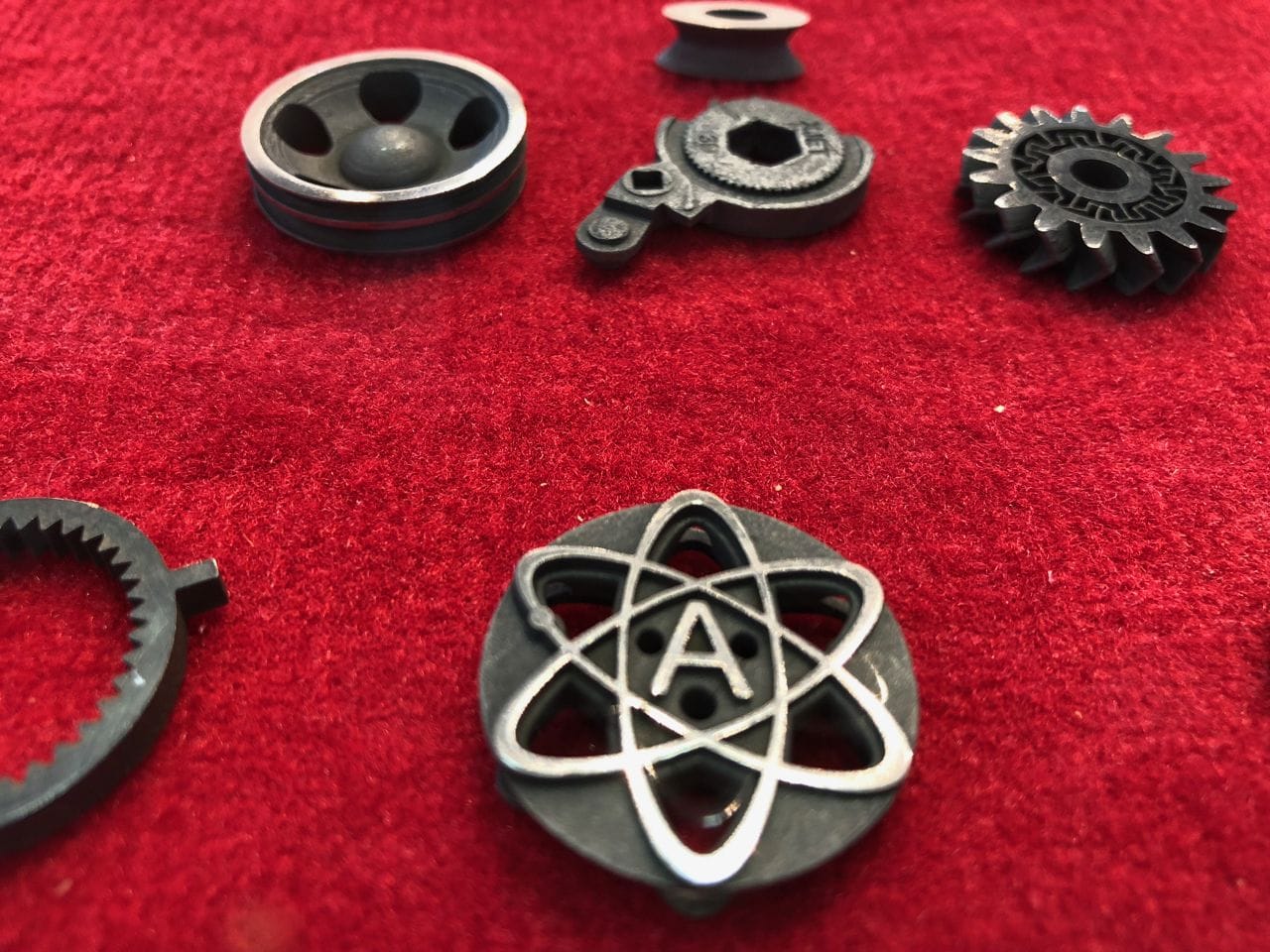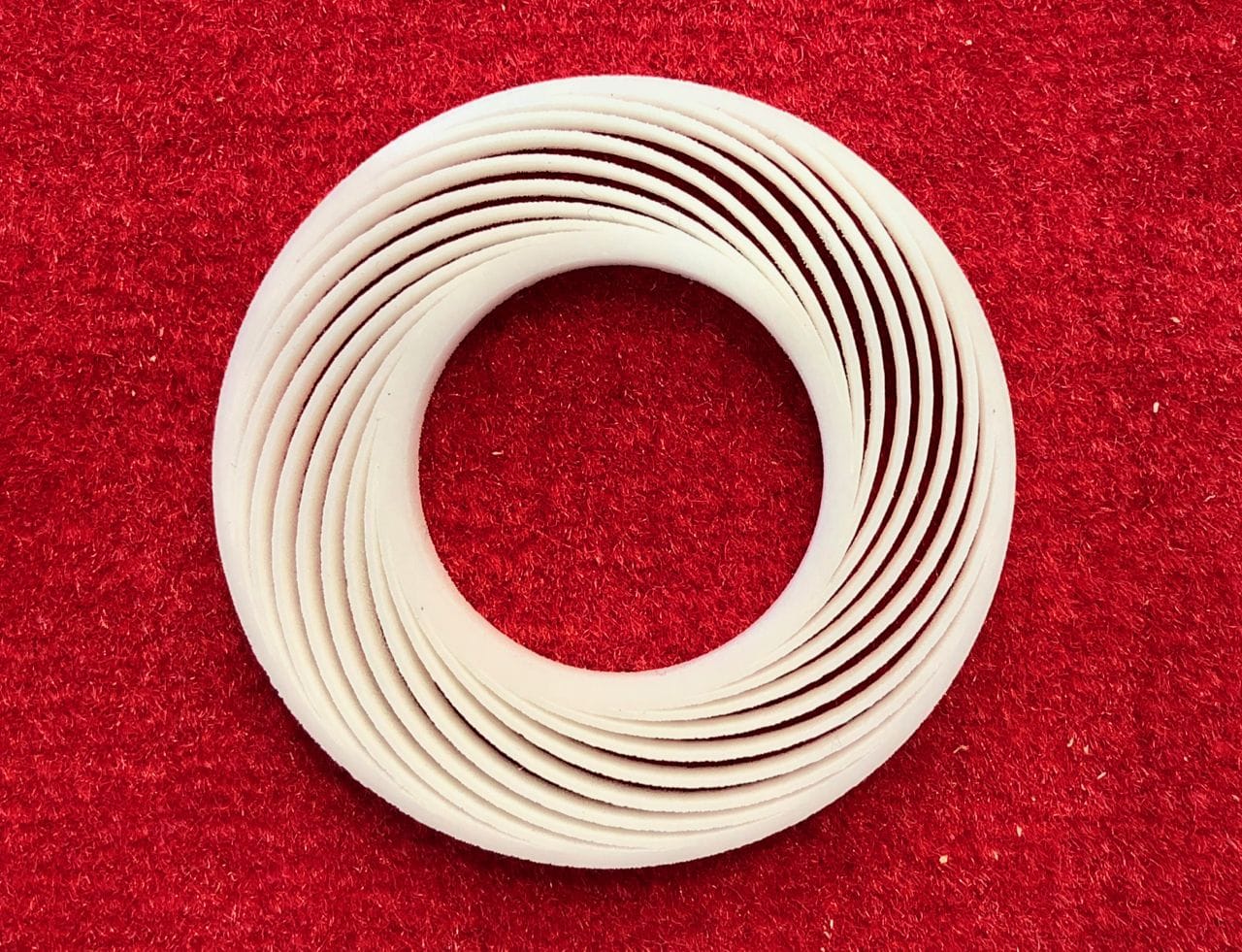
Something quite interesting was observed at the recent FormNext exhibition.
This year’s FormNext was indeed the largest dedicated exhibition of 3D printing equipment, materials and services ever held in human history, with 420 exhibitors and over 20,000 attendees. However, I noticed something very interesting when compared to the same show last year.
This year there were very substantial stands from vendors of plastic materials. No, I don’t mean the usual filament vendors that you have seen before, but instead I mean the chemical giants behind them.
Very few 3D printer filament vendors design and produce their own plastic. Most simply purchase bulk materials from monster chemical companies, and some will work with them to provide requirements to conjure up new chemistry for plastic. The bulk materials are pellets, which are then extruded into quality filament for use in 3D printers.
So you’d expect to see the filament vendors at a 3D print show, and they were of course present. But in addition to their presence we saw several giant chemical companies, such as BASF (the single largest chemical company in the world) and Sabic (fourth largest chemical producer in the world), and others.
BASF in particular had one of the largest exhibits at the show, where they displayed their materials. They currently provide 3D printing materials in: filaments, resins, powders and pellets. That’s ALL forms of materials. Their products were not just plain plastics, either, as they showed ceramic and metal filled polymers as well.

These companies were present, I believe, to show their support and capabilities to the nascent professional desktop 3D printing market, which has been starved for exotic engineering materials. Having suffered for years with the less than optimal PLA and ABS materials, in recent years vendors have provided machines and materials more appropriate to desktop engineering. Materials such as ASA, ULTEM, PEEK, and many others are now becoming commonplace.
These ventures into unusual materials seem to have attracted “the big guys”, who see this market as an opportunity for growth in the future. They are making deals with materials providers and machine producers left and right, especially BASF, who seems to be almost everywhere.
It seemed (although certainly not true) that every other vendor on the show floor was announcing a deal with BASF to supply custom materials of one sort or another.
While the enthusiasm – and enormous financial resources – of these plastics giants are extremely welcome to the world of 3D printing, they still have some learning to do.
One vendor told us the story of when they met with BASF, and were asked by the chemical giant “how many kilotons of plastic they would need?”
Wut. KILOTONS?
A fast extrusion printer with a large nozzle could print at perhaps 6 hours per 1kg spool, so printing A KILOTON OF MATERIAL could take around SEVEN HUNDRED YEARS TO COMPLETE.
And they wanted to know “how MANY kilotons” were needed.
The 3D printing industry is growing, but perhaps it’s not quite there yet.
But it is very encouraging to know these giant companies are now actively engaging in the space to provide their very considerable expertise and materials. Each of them has literally thousands of patented unique plastic materials in their portfolio, many of which can be made into printable filaments.
We’re just at the beginning of a very interesting period in 3D printing.

